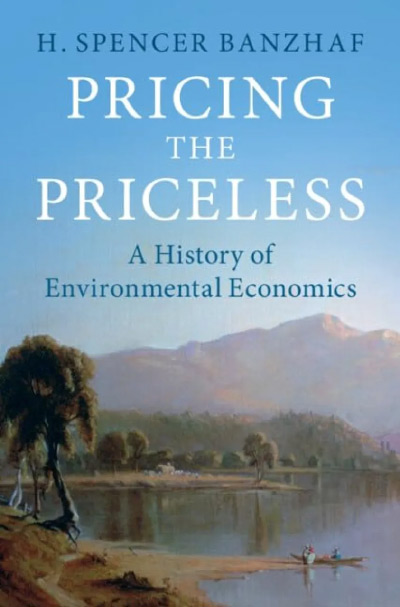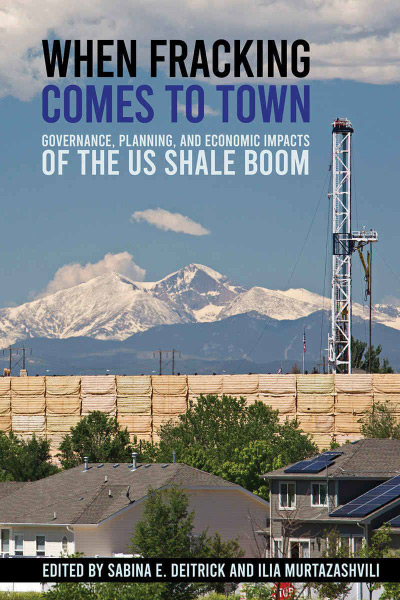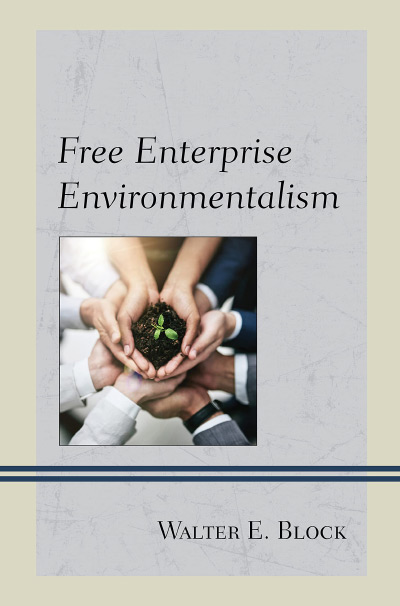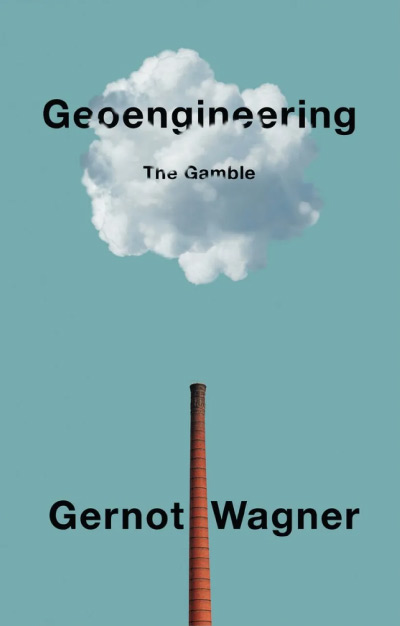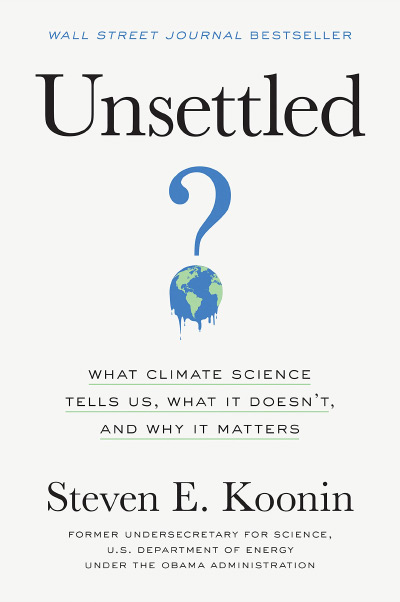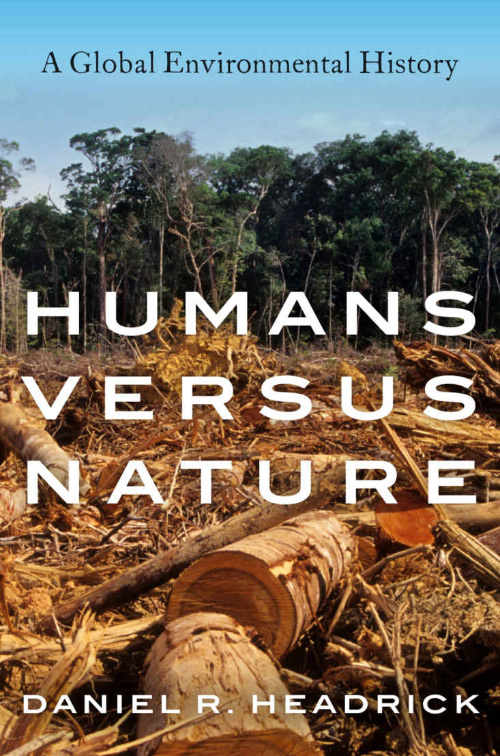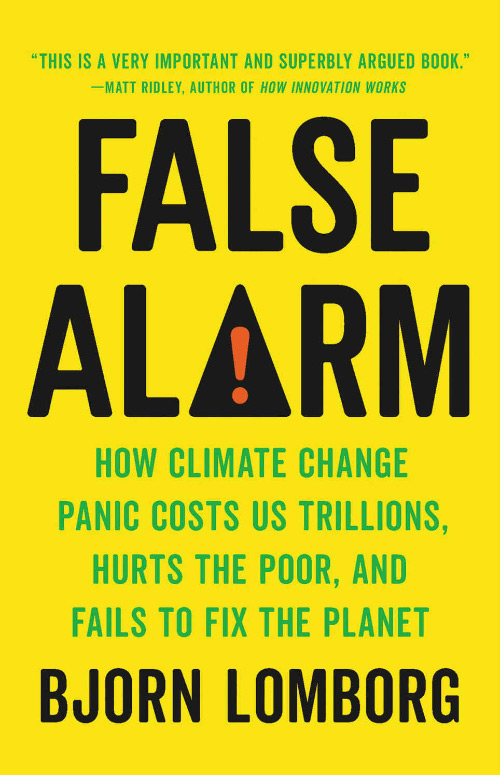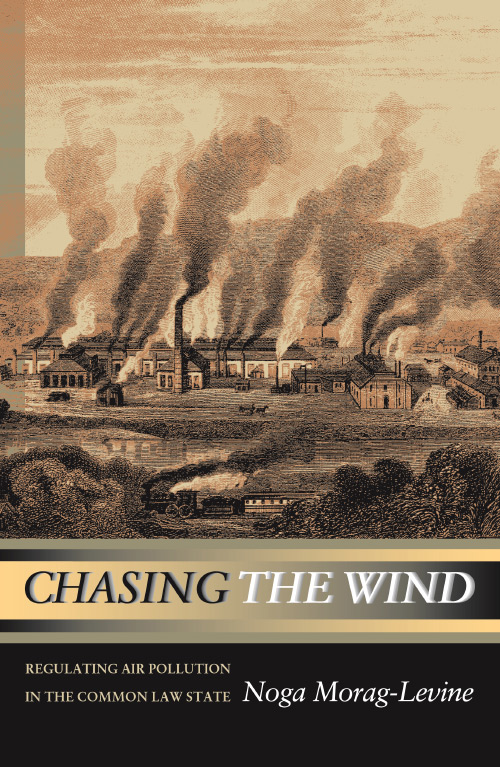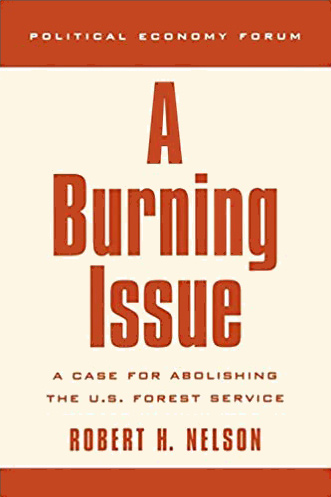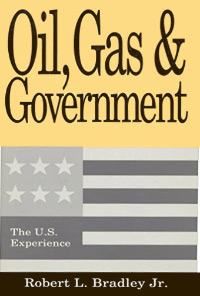Since the end of the Second World War the economics discipline has developed the vibrant sub-field of environmental economics. H. Spencer Banzhaf, a well-known scholar in the history of economic thought and environmental economics, has written a carefully researched volume on the first forty years of that academic endeavor.
Two issues loomed large in the development of environmental economics. The first was differing visions of the importance of the world in its natural state for human flourishing. Banzhaf uses the work of the John Muir, the late nineteenth century naturalist and wilderness advocate, as the intellectual leader for the first vision. It saw nature as a source of delight, important primarily for consumptive activity. In contrast, Gifford Pinchot, the first director of the U.S. Forest Service, focused on the usefulness of nature in the production of goods and services. Formal analysis, using the tools of economics to model behavior, wrestled with the reconciliation of those two visions.
The second issue was the unpriced dimensions of much of nature, whether important for its aesthetic delights or for its value in production. For example, water for its recreational use or for irrigation was often not priced. Any analysis of nature that was useful for policy decisions needed to find ways of dealing with the lack of prices.
The first dilemma came to a head in January 1979, when the contentious saga of the endangered snail darter and the Tellico Dam reached a public conclusion. The congressional committee responsible for the final decision in the infamous dispute announced that both consumptive and non-consumptive demands were important. Banzhaf sees that decision as a ratification of the work of environmental economists in the 1950s and the 1960s that accounted for both uses of nature.
In a very real sense, economic analysis in the post-war period was a shift away from seeing nature as simply a factor of production. The development of consumer sovereignty was important in that shift because of its focus on the numerous consumptive aspects of individual behavior. Furthermore, the concept of household production meant that all human endeavors were subject to economic analysis.
In addition to the treatment of those issues, there developed an analysis of institutions as influential in decision making, particularly through the influence of property rights. All of these developments created a robust science of analysis that yielded useful understandings of nature as an input into various production functions. It also treated the different aspects of nature as important for human flourishing.
Agricultural economists, with their analysis of tenant farming, were foremost in the discussion of common property issues. A.C. Pigou’s discussion of private and social costs was also an important part of resource analysis. Finally, benefit and cost analysis, long the domain of engineering, became a part of economic analysis, particularly of public projects.
Water issues continued to be important in discussion of benefits and costs, but in the 1950s the use of public resources for recreation also became relevant for policy analysis. In the absence of relevant prices, travel costs became an important way of estimating the demand for recreational activities, with those costs serving as a proxy for actual prices. Once prices for recreation were estimated, the concept of consumer surplus allowed the comparison of the costs and benefits from various public investments.
Early economic analysis operated under the umbrella of the inexhaustibility of natural resources.There was not much consideration of the possibility of resource scarcity affecting human flourishing. That changed in the post-war era, and the interplay between growth and environmental harm became policy relevant in the 1960s.
In that era John Krutilla led work that focused on the importance of the preservation of natural resources. With an uncertain future, preservation was policy relevant because of the option value of later development. With rising incomes, the value of non-consumptive use of resources was also increasing. Hence efforts to recognize non-use values were important. Krutilla’s work and that of other resource economists meant that such values became an important part of economic analysis.
In the 1960s another policy measure became important, pollution pricing. Decision makers, both public and private, needed relevant information for the decisions about the use of natural resources. Allen Kneese articulated ways of introducing the price of pollution into the calculations necessary for action—or inaction. Effluent charges, pollution permits, and pollution trading became relevant policy considerations.
In the 1950s the RAND Corporation was developing decision mechanisms for the development of new national defense weapons. In doing so the value of a human life became an important part of their analysis. That work overlapped with and influenced the work of resource economists. Their effort to develop indices of the value of risk reductions in environmental policy meant the value of human lives needed to be quantified. For a period of time the human capital approach, which estimates the discounted value of a stream of future earnings, dominated the work of economists.
That approach was later criticized because it ignored the trade-offs people made in dealing with the risks of human action. Thomas Schelling developed an alternative framework for thinking about those risks. He argued that public policy decisions can’t avoid the issue of risk, and the translation of risk to actual policy meant calculations of the value of life were necessary. The Value of a Statistical Life (VSL) became a widely accepted measure that was relevant for policy decisions.
Several research institutions were created with an explicit focus on the interface of the environment and the economy. The Harvard Water Program and Resources for the Future, both established in the early 1950s, were two of the most prominent. The most important economist working in the Harvard program was Robert Dorfman with his introduction of operations research for policy analysis.
Distributional issues, usually expressed as the efficiency-equity tradeoff, became increasingly relevant for policy decisions in the 1960s. Robert Haveman and Myrick Freeman, both at Resources for the Future, were important contributors to the debate over the appropriate methods for including distributional concerns in public policy making. Much of the debate centered on the issue of whether policy analysts, chiefly economists, should include an estimate of all the benefits and costs of a policy, including equity issues in a policy evaluation, or whether the political decision-making process should do the weighing of distributional benefits and costs.
The benefit-cost analysis focused on consumer sovereignty and the importance of individual preferences in decision making. In contrast, the importance of collective choice dominated the thinking of other economists. In their analysis, the collective good was not just the summation of individual goods, but was valuable because the process of collective choice was important.
The correct valuation of non-market benefits and costs continued to plague the economics profession throughout the 1960s and 1970s. Contingent valuations, usually determined through surveys, were developed to deal with a particular non-market consideration, the existence value of particular parts of the natural world.
Environmental economics has been a hotbed of controversy about topics and analytical methods. Banzhaf doesn’t avoid all evaluative judgments in that he has to decide what counts as relevant economic analysis in this period. But once that decision has been made, he presents the various concepts in a dispassionate manner. Some of the tools that economists developed as proxies for prices, such as travel costs and contingent evaluation, were controversial at the time and continue to be so today. Banzhaf is a careful historian and does not present his own preferences for the various measures.
In summary, Banzhaf’s narrative is a careful and thoughtful description of the concepts used in environmental economics. Readers should remember, however, the time span over which he describes the development of the discipline. Although he does give some pre-World War II background, the main focus of his analysis is from the end of the war until the early 1980s. The concentration on those forty years allows him to provide careful attention to numerous details during that period. If one wants to know who said what and when it was said, this volume is the place to look. There is, of course, much that has happened since 1980 in the economic analysis of environmental issues. One can hope that Banzhaf writes another equally informative book on the last forty years of environmental economics.
| Other Independent Review articles by Peter J. Hill | ||
| Summer 2022 | Free Enterprise Environmentalism | |
| Spring 2020 | The Keynesian Revolution and Our Empty Economy: We’re All Dead | |
| Summer 2017 | Judeo-Christian Thought, Classical Liberals, and Modern Egalitarianism | |
| [View All (7)] | ||



